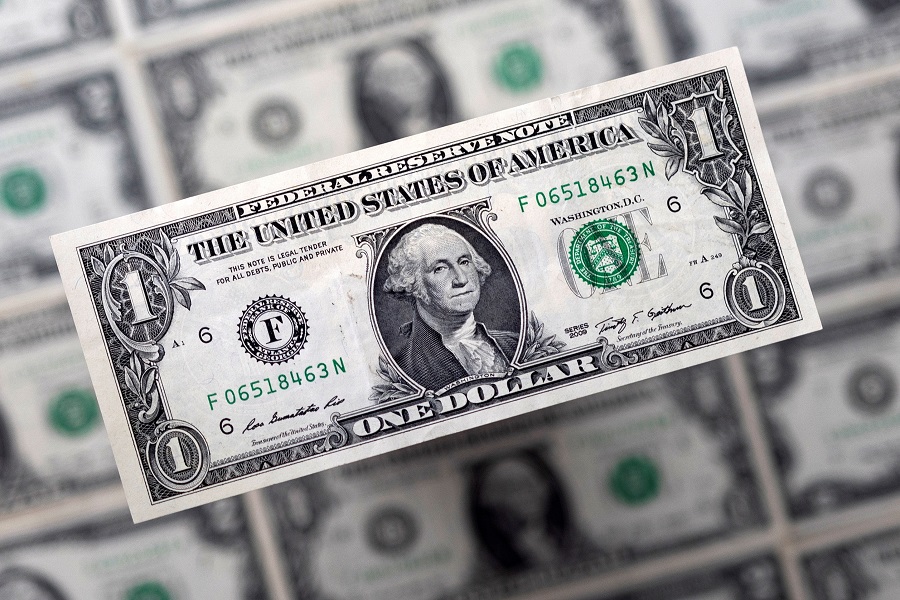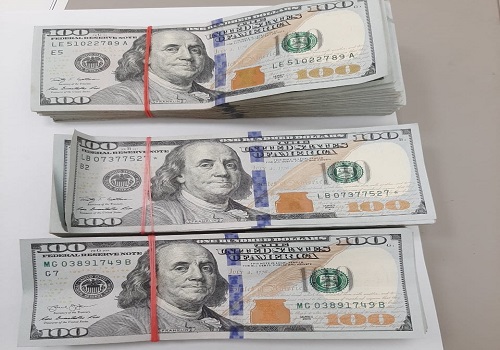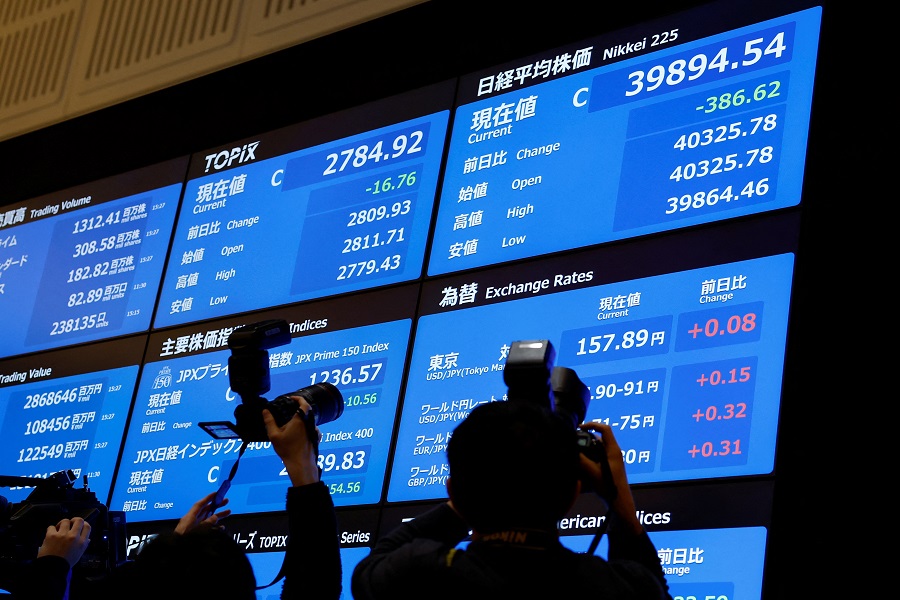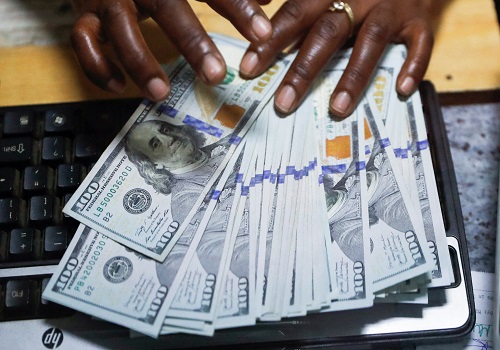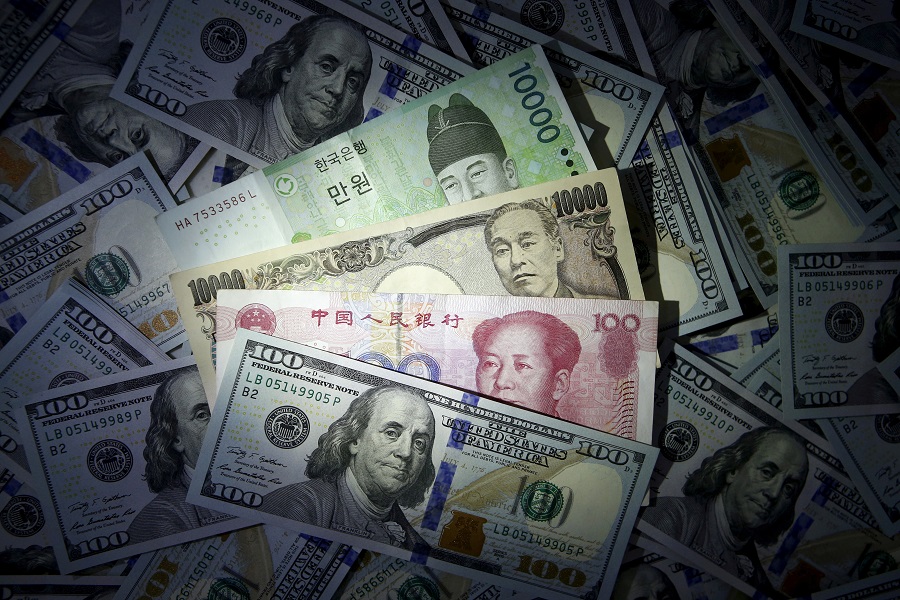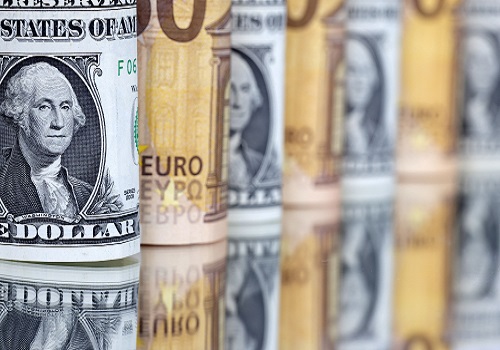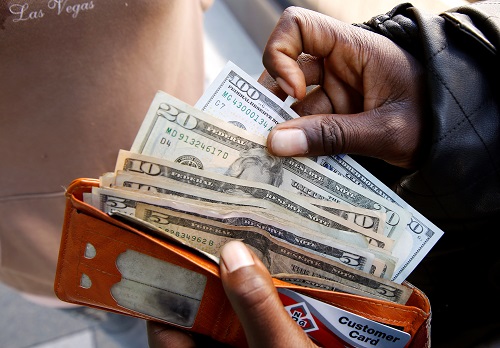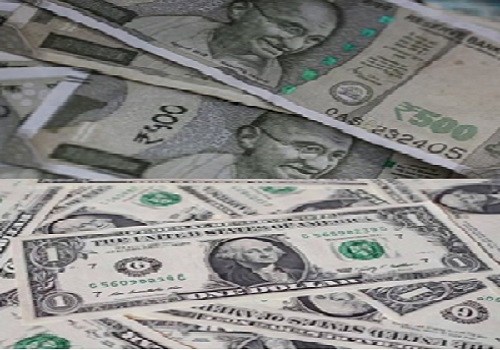Dollar set for best week in a month on cut-then-wait Fed outlook
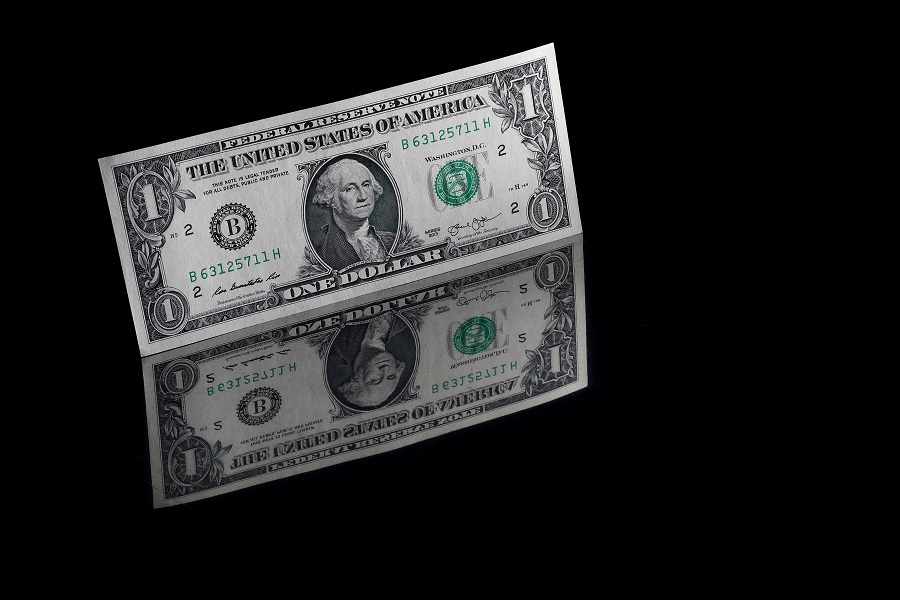
The dollar rose to a 2 1/2-week high against major peers on Friday, on track for its best week in a month, amid bets that the Federal Reserve would cut interest rates next week but then take a patient approach to further reductions.
The U.S. currency was also supported against the euro and Swiss franc following rate cuts at those central banks a day earlier, and versus the yen amid speculation the Bank of Japan will forgo a rate hike at its meeting next week.
The dollar index, which measures the currency against the euro, yen and three other rivals, ticked up to 107.05 for the first time since Nov. 26. For the week, the index is up more than 1%.
Some softness in U.S. producer price figures released overnight, despite a heated headline figure, kept market conviction high for a Fed cut on Dec. 18, while a rise in unemployment claims showed the job market gradually cooling in line with expectations.
Traders see an easing at the upcoming meeting as a certainty, but lay 21% odds on another one coming in January, according to CME's FedWatch tool.
"What is clear from recent Fed speakers and the data flow is that progress toward the inflation target has slowed down and the economy has continued to perform, therefore policymakers can afford to take a more cautious approach to easing over 2025," said Rodrigo Catril, senior FX strategist at National Australia Bank.
San Francisco Fed President Mary Daly, for example, said earlier this month that she was comfortable cutting rates this month, but advocated "a more thoughtful and cautious approach" on further reductions.
The dollar rose 0.19% to 152.935 yen as of 0132 GMT, and touched the highest since Nov. 27 at 152.965.
Traders see just 23% odds of a quarter-point hike by the BOJ on Dec. 19, following reports on Reuters and Bloomberg that pointed to officials forgoing tightening this time in order to wait for more evidence of wage growth, and see how U.S. policy takes shape under incoming President Donald Trump.
The dollar has gained about 1.9% on the yen this week, which would make it the best weekly performance since the end of September.
The U.S. currency was steady at 0.89235 franc after a 0.93% surge overnight following the Swiss National Bank's shock half-point rate reduction. For the week, it's up 1.6%, also the best showing since September.
The euro was little changed at $1.0464 after sagging 0.27% overnight, extending a losing streak to five days. It's down close to 1% this week.
The European Central Bank on Thursday cut rates by 25 basis points and kept the door open to further easing ahead as inflation closes in on its goal and the economy remains weak.
Sterling slipped slightly to $1.2665.
The Chinese yuan drifted down to 7.2811 per dollar in offshore trading, remaining under pressure after Reuters reported Beijing is considering allowing its currency to fall further to counter the impact from any U.S. trade war.
The yuan was largely unmoved by a pledge from Chinese authorities on Thursday to increase the budget deficit, issue more debt and loosen monetary policy to maintain a stable economic growth rate.
The Aussie dollar - which tends to act as a liquid proxy for the currency of its top trading partner, China - sagged to $0.6365, heading back towards Wednesday's more than one-year low after giving up all of Thursday's bounce from stronger-than-expected labour figures.
Bitcoin was steady at $99,454, as it continued to settle around the $99,500 mark following its surge to an all-time high at $103,649 on Dec. 5.







